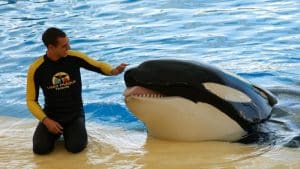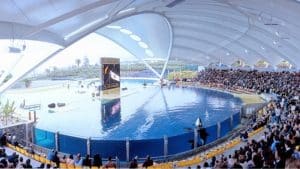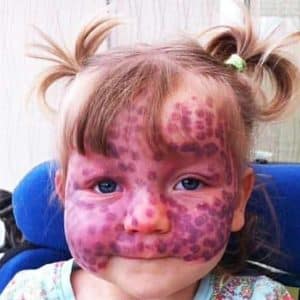Alexis Martinez, a 29-year-old Spanish trainer, loved working with orcas at Loro Parque’s Orca Ocean in the Canary Islands. But on December 24, 2009, during a Christmas show rehearsal, he was killed by Keto, a 6,600-pound male orca. His death, initially called an accident by the park, was later confirmed by an autopsy to be the result of fatal injuries—ripped organs, a crushed chest, and bite marks. This came just two months before the more widely known death of SeaWorld trainer Dawn Brancheau.
Martinez’s partner, Estefanía Luis Rodriguez, described him as “handsome, generous, and funny,” noting that he had expressed concerns about the orcas becoming unpredictable and aggressive. Keto, born in captivity in 1995, had spent his entire life in marine parks and was on loan from SeaWorld. During rehearsal, Martinez attempted a trick where he would ride the orca into the pool and slide onto the stage, but Keto repeatedly blocked his path. Despite the intervention of other trainers, Martinez suffered fatal injuries.

This was not the first close call at Loro Parque. In 2007, German trainer Claudia Vollhardt was hospitalized after an attack from Tekoa, another orca, though she survived. At the time, officials also dismissed the incident as an accident.

Since the 2013 documentary Blackfish, public scrutiny of marine parks has intensified. Captive orcas face higher mortality rates, live apart from their families, and are confined to tanks rather than roaming the open ocean. Organizations like the Whale Sanctuary Project are now working to give rescued orcas, including Keto, a chance to live in large seaside sanctuaries where they can experience freedom while still receiving care.





